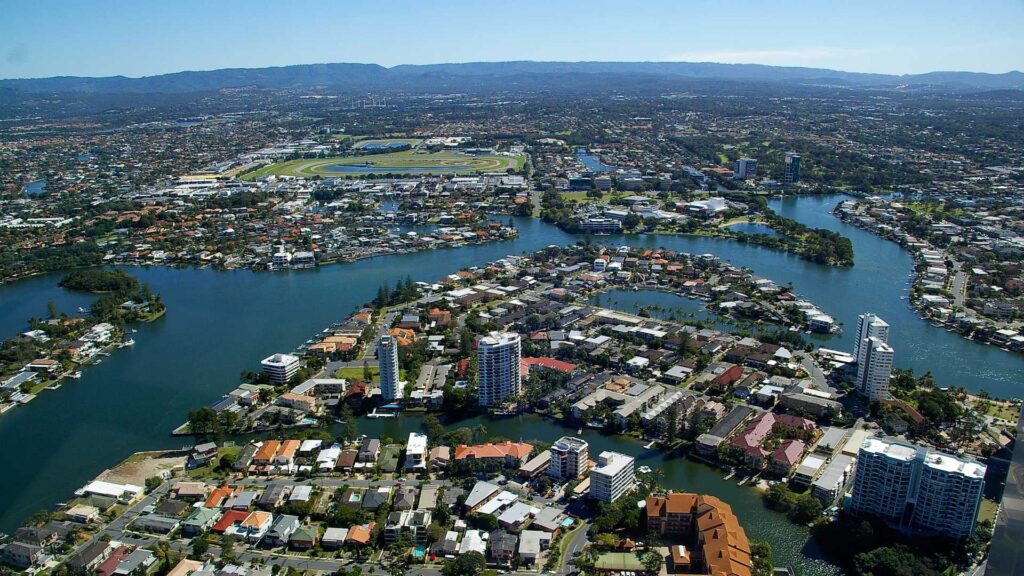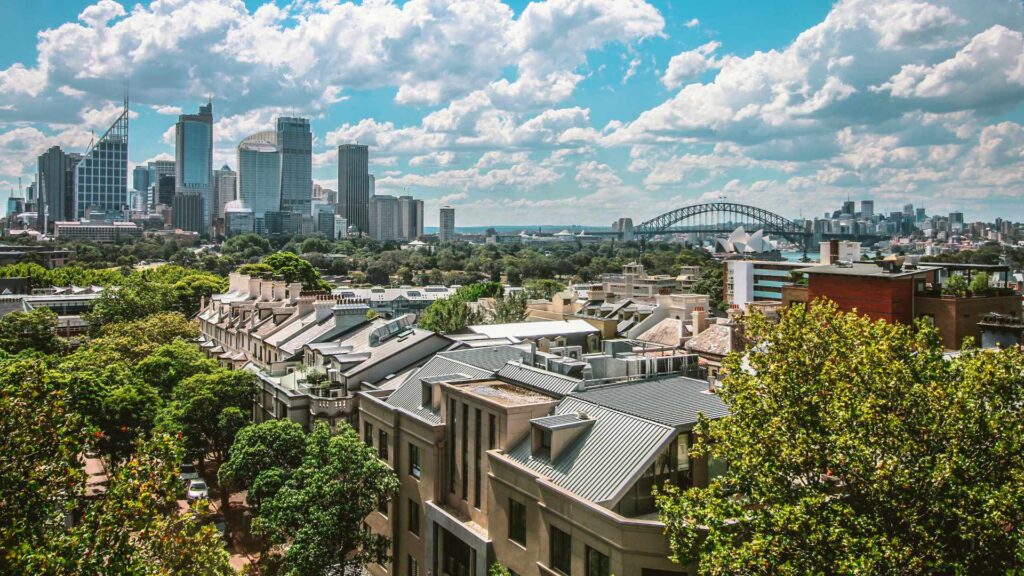The property market took a hit in 2022 as mortgage rates started to increase much faster than initially expected, rising eight times to end the year at 3.1%. To put this into context, the cash rate was sitting at just 0.1% at the beginning of 2022.
“I think what we saw in 2022 was a bit of a roller coaster really in terms of property prices in the property market because we started the year with record prices and then moved into a downturn quite rapidly,” chief of research and economics at Domain, Nicola Powell, told ForbesAdvisor.
Earlier in 2021 the RBA governor, Phillip Lowe, had said that it would not be raising rates until 2024—a comment Lowe has since stepped back from and apologised to borrowers who took out heft loans on the basis of his erroneous advice.
“The RBA kept on insisting that they wouldn’t lift rates until 2024. Now we were skeptical that they could keep to that promise,” SQM Research owner and managing director, Louis Christopher, added.
In 2023 property experts are cautiously optimistic that as interest rates plateau that stability will return to the market. Here’s what we may expect to see…
Read the original article at forbes.com



